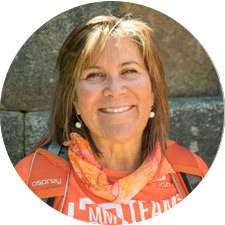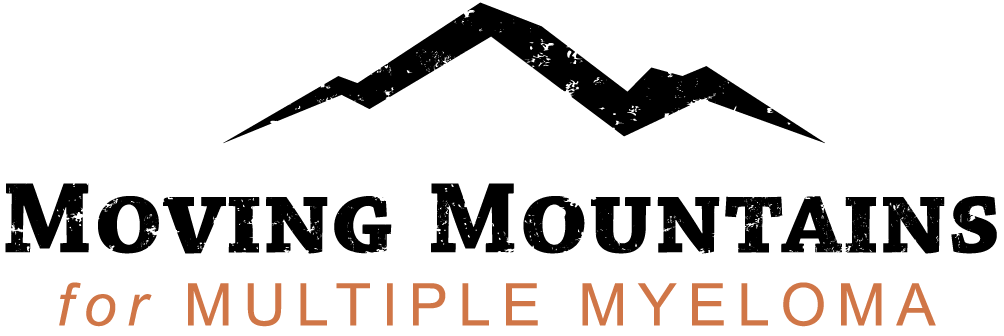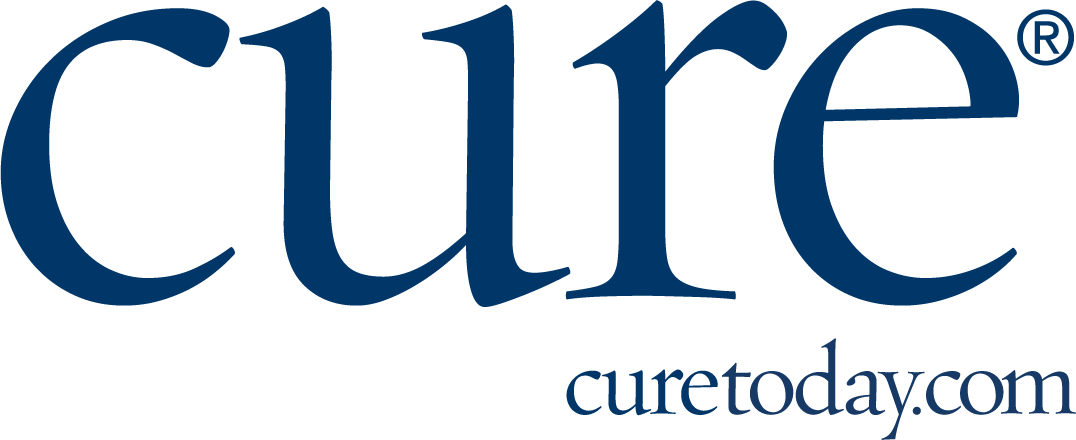
Mount Fuji2017
BLOGS

Alicia O'Neill
We Were Assigned This Mountain
July 26, 2017
There were so many different "moments" in this Mt. Fuji Moving Mountains for Multiple Myeloma journey. You can dissect the 24 hours we spent on Mt. Fuji: the excitement of our first steps at the 5th station, the awe of knowing we were finally on sacred Mt. Fuji, and the steep 4-5 hour trek up to the 8th station where we would stay for the night.
We experienced the simple accommodations and yummy curry at the mountain hut, giggled at the close quarters of our sleeping arrangements, and put our heads on the pillows in anxious anticipation of what lay ahead.
Our silent march to the top of the mountain in the beautiful star-lit night was glorious, and the gathering of the team in our group hug, accompanied by the incredibly moving rendition of “Amazing Grace” by multiple myeloma patient and reknowned trumpet player Ryan Anthony at sunrise, brought out the raw emotion of our accomplishment.
And then, there was the descent. My goodness! THAT was HARD! That banner we held at the summit and our will to make it to the top catapulted most of us on the way up, but we had to dig deep to muster up the strength and energy to get back down. But we did it!
The day after I arrived home, I woke up early due to the time zone change. I was posting some photos on Facebook and was compelled to Google the name of those Japanese head wraps that our Takeda Japan team member, Shoukei Ehara, gave each of us as a gift at the pre-hike team dinner. This is what I learned: A hachimaki (鉢巻, "helmet-scarf") is a stylized headband (bandana) in Japanese culture, usually made of red or white cloth, worn as a symbol of perseverance, effort, and/or courage by the wearer. How appropriate, right?
We all witnessed perseverance, effort and courage on that mountain. TOGETHER we made it and came to know each other as fellow warriors on this journey to find cures that will extinguish myeloma forever. We came to know each other's stories. Six team members battling myeloma, others taking on this mighty mountain to honor a sister, a brother, a mother, a father, or a friend, and still others who work in the medical, advocacy, research or media fields to accelerate cures.
- We came to inspire – to show the world that advances are being made that are allowing myeloma patients to live their lives fully and to take on tasks others can only dream of.
- We came to raise awareness that there is more work to be done because myeloma is still considered an incurable cancer.
- We came to be part of the ACTION that is contributing to the progress because the $142,000+ raised by this team (and the $1,165,000 raised by the program since we began two years ago) will go directly to The Multiple Myeloma Research Foundation's efforts to fuel the pipeline that will accelerate cures and help the MMRF develop a precision medicine model that will find the right treatment for each patient.
- We came to Move Mountains. As one of our team members shared, we were assigned this mountain to show others it can be moved. And so we did.
I am so honored to have walked this journey with this Moving Mountains for Multiple Myeloma Team. I am so grateful to our partners at Takeda Oncology and CURE magazine, who supported this program and made it all possible! We must share our story. It will help us fund cures and inspire others!
"Wa": What We Can Learn from the Japanese Culture
Thursday, June 01
As I — no, as WE — anticipate our seventh Moving Mountains for Multiple Myeloma (MM4MM) trek and take on our fourth continent, Asia, to climb Japan’s epic Mount Fuji in July, I find myself fascinated with learning all I can about the country. I know very little about Japan, with its amazing history, an economy that is the third largest in the world (behind the United States and China) and cultural norms that in some ways are so different than ours.
In particular, I am fascinated by the Japanese cultural concept of “Wa,” which underlies the way people operate in Japan and is integral to their society and culture. “Wa” is loosely translated to mean “group harmony,” where the good of the group is valued over individual success, a Western concept.
Interestingly, the advances in myeloma research in the last 20 years have depended on “Wa.” Indeed, the medical research community, thankfully, has moved more toward a collaborative model, understanding that the collective work of thousands of scientists will accelerate cures for cancer; that a cure will not come from one researcher, one doctor or one academic medical center. And yes, “Wa” was at the core of the success of the Multiple Myeloma Research Foundation (MMRF) landmark CoMMpass Study, where over 1,000 newly diagnosed patients with multiple myeloma shared genetic data over the course of more than five years, helping fuel recent breakthroughs in multiple myeloma research and providing the largest genomic data set in all of cancer, so that scientists all over the world can tap into these findings to advance ALL cancer research — not just multiple myeloma.
The MM4MM partnership has flourished since we took our first epic steps up Mount Kilimanjaro in January 2016: TOGETHER, with patients, doctors, clinical trial managers, nurses, caregivers, scientists and family members, we have accomplished so much:
- We have raised over $1 million, 100 percent of which goes to the groundbreaking and life saving research of the MMRF.
- We have raised incredible awareness, both nationally and locally, about the progress being made in multiple myeloma treatments, the urgent need for more research and treatments and the commitment of the three partners to accelerate cures.
- We have been recognized by advertising and pharmaceutical organizations for the innovative and successful partnership between the MMRF, Takeda Oncology and CURE Media.
- We have 77 MM4MM team members, including 20 patients, three doctors, two nurses and three clinical trials managers hike these incredible mountains with patient family members, caregivers and others closely connected to this difficult disease.
Together, we have inspired the myeloma community with our stories, giving hope to patients and loved ones. We have demonstrated that incredible progress in myeloma treatments has made it possible for patients — who wondered if they would ever be able to walk to the mailbox — to be able to now scale mountains.
We are honored to venture next to Japan, the home of Takeda. We are humbled to take on the most sacred mountain in Japan, 12,389 feet tall. We are proud to work together as a team of 20, and to support each other as we learn from the amazing Japanese culture so that we can continue to move mountains.


